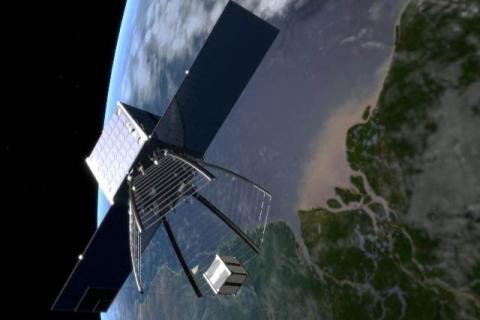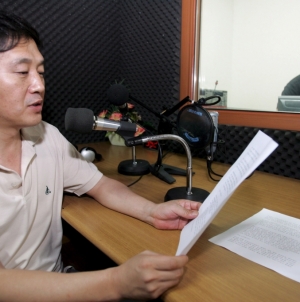-
Tips for becoming a good boxer - November 6, 2020
-
7 expert tips for making your hens night a memorable one - November 6, 2020
-
5 reasons to host your Christmas party on a cruise boat - November 6, 2020
-
What to do when you’re charged with a crime - November 6, 2020
-
Should you get one or multiple dogs? Here’s all you need to know - November 3, 2020
-
A Guide: How to Build Your Very Own Magic Mirror - February 14, 2019
-
Our Top Inspirational Baseball Stars - November 24, 2018
-
Five Tech Tools That Will Help You Turn Your Blog into a Business - November 24, 2018
-
How to Indulge on Vacation without Expanding Your Waist - November 9, 2018
-
5 Strategies for Businesses to Appeal to Today’s Increasingly Mobile-Crazed Customers - November 9, 2018
EPFL’s ‘Pac-Man’ Clean-Up Satellite Gets Closer To Orbit : FUTURE TECH
In the project named the CleanSpace One, researchers have been making efforts to deal with the space clutter by safely tracking, collecting and disposing of satellites considered as clutter.
Advertisement
Engineers from Lausanne’s Swiss Federal Institute of Technology (EPFL) have been tasked with creating an effective object to capture space junk, without it becoming just another piece of rubbish itself. The engineers finally opted for the so-called “Pac-Man” solution, although the machine looks nothing like the pill-popping arcade beastie.
CleanSpace One could be launched as early as 2018 in collaboration with the company S3, headquartered in Payerne.
Clean Space One isn’t a catch-all space junk solution-that’s as much of a political problem as it is an engineering one. Flying at a speed of 7 km (4.35 miles) per second, they pose “a serious threat to the devices and people working in space“, they said, adding that NASA “carefully monitors every item larger than 10 cm (3.9 inches)”.
As the researchers explain in a news release, the design they’ve agreed to is, more or less, “a giant Pac-Man”. Both objects will then combust in the atmosphere, scientists say.
“This system is more reliable and offers a larger margin for manoeuvring than a claw or an articulated hand”, said Michel Lauria, professor of industrial technology at the University of Applied Science.
The Pac-Man satellite will have a cone shaped net which will unfold when need and then close up when it’s not.
The next stage will combine putting together the first version of the engineering models – which will be more accurate than the prototypes – and more extensive tests.
Advertisement
Featured Pac-man in Space image also by writer Jason McClellan.





























